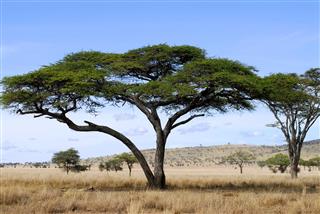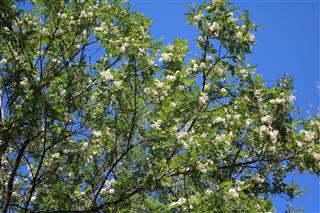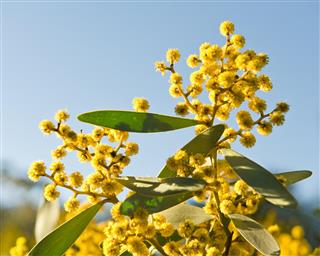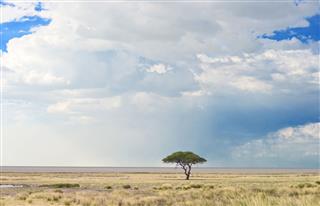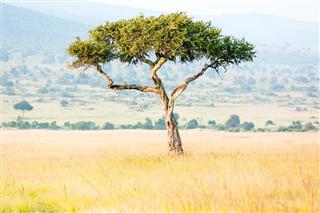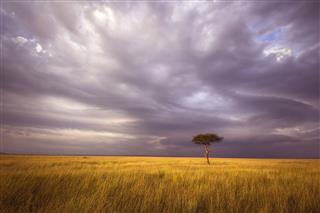There are various varieties of the acacia tree, many of which are grown for commercial purposes, while many for ornamental purposes. Its blossoms are also used to prepare a liqueur. Let us discuss some more interesting acacia tree facts.
Acacia is a genus of many trees and shrubs that belong to the family of Fabaceae. The plants of these genus show characteristics like pod bearing with sap, leaves typically bearing large amount of tannins, and having thorns. The word acacia is derived from the word akakia, which is the name given by the Greek botanist Pedanius Dioscorides. The name is derived from the Greek word akis, which means thorn. These trees are also known by many other names, such as thorn trees, wattles, yellow fever acacia, whistling thorns, and umbrella acacias. Here are various facts about these trees regarding their origin, types, and uses.
Origin
The acacia tree is native to Australia, and it is widely considered that its seed was first introduced in Europe in 1601, by herbalist to Henri IV, whose book Histoire des Plantes in 1620 was published by his son Vespasian who grew it in the Jardin des Plantes during 1635. This tree was still observed standing by Sir William Watson when he examined the remains of Tradescant’s garden in the year 1749.
Folklore
The clusters of bright yellow blossoms of the acacia tree is used in symbolism of the Australian aboriginals. The aboriginals use a blossoming branch of the acacia to offer it to the lady of their choice as a declaration of their love.
Types
There are many types of acacia trees. These trees belong to the great family of Fabaceae of the pea and bean tribe. However, the pea-shaped blossoms of the Robinia are generally white in color, and can be observed as small, multiple stamened, yellow, bottle brush-like flowers to the true acacia tree, hence the white acacia. The pods of robinia trees are flat and furnished with a projecting flange. The species known as false acacia is distinguished by its flowers that are scented, generally white in color, and hang in loose clusters. These characteristics are similar to the laburnum tree.
Some of the true acacias have thorns, but are hollowed out by the tribes of ants that protect the shrub from herbivorous animals. The African acacia has adapted in such a way that it prevents animals from eating its leaves. The adaptations show that the tree has long and sharp thorns and a symbiotic relationship with stinging ants. These ants live inside the acacia thorns, which they hollow out, and feed on the nectar produced by the tree. If an animal takes a bit of the leaves, it will also get angry stinging ants with it. These trees also have a dome shape because of giraffes grazing on top of the tree.
Various Uses
Acacia has been valued as timber trees in USA, especially in Virginia and New England. Its wood is used for shipbuilding, as it is hard, strong, durable, and inelastic. It is also used for fuel, and even cultivated for its green forage for cattle. William Cobbett cultivated these trees on a large-scale to replace the use of hardwood trees. He popularized the tree by calling it Locust, and obtained a huge sale for a price that was six times more than its ordinary market value. Today the tree is used in shipbuilding, for agricultural purposes, and for making furniture and toys. This wood is heavier, harder, tougher, and more rigid than English Oak wood. Good qualities of this timber are well-known in America as the red locust. In San Domingo, its blossoms are used for making a very good liqueur.
Growing Acacia
The tree can be grown using the seeds, from cutting, or by the grafting technique. It prefers a soil that is not too wet. Though this tree grows quickly, it is short-lived. The quality of the timber varies according to the type of soil it grows in. It can reach a height of 70 feet and a diameter of 3 feet. There are many varieties of the acacia tree that are grown for ornamental purposes.
Today, acacia furniture is very popular and one can find many items made using its timber. Also, one can see the ornamental yellow blossoming trees of acacia.
